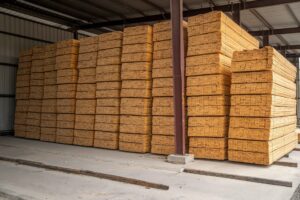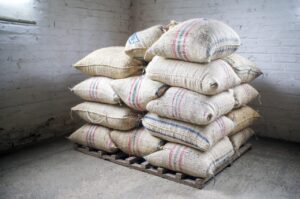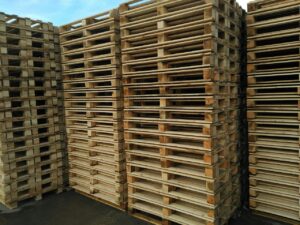As yoga gains popularity across India and the world, more people are searching for eco-conscious and health-friendly alternatives to conventional yoga mats. One such alternative is the bamboo fiber yoga mat—a sustainable, durable, and wellness-enhancing product that goes far beyond aesthetics. In this blog, we dive deep into why bamboo fiber yoga mats are better for your health and why they’re quickly becoming the go-to choice for conscious yogis.
1. What is a Bamboo Fiber Yoga Mat?
Bamboo fiber yoga mats are made from natural bamboo pulp or blended bamboo-cotton fabric, sometimes combined with biodegradable rubber or jute. These mats are designed to offer the grip, cushioning, and breathability needed for yoga while being free from toxic materials found in PVC or synthetic mats.
2. Health Benefits of Using Bamboo Fiber Yoga Mats
A) Hypoallergenic & Antimicrobial
Bamboo naturally contains bamboo kun, a bio-agent that prevents bacterial and fungal growth.
This makes the mat resistant to odor, allergens, and skin irritation, keeping your practice hygienic and safe.
B) Non-Toxic and Chemical-Free
Conventional mats often contain PVC, phthalates, and other harmful plastics that release toxins.
Bamboo fiber mats are usually free of harmful chemicals, making them safer for long-term use.
C) Breathable and Moisture-Wicking
Bamboo fiber is highly absorbent and allows airflow, reducing sweat buildup.
Keeps the mat cool and dry, which is ideal for hot yoga or high-intensity sessions.
D) Joint and Spine Support
Some bamboo mats are blended with natural rubber or jute to provide extra cushioning.
This helps protect knees, wrists, and the spine, especially during long poses or floor work.
E) Skin-Friendly Surface
Bamboo fabric feels soft and smooth against the skin, unlike synthetic mats that can be abrasive.
Reduces chances of skin rashes or allergic reactions, especially during sweaty sessions.
3. Environmental and Lifestyle Benefits
A) 100% Biodegradable
Bamboo mats decompose naturally, unlike synthetic mats which can take hundreds of years to break down.
No microplastic shedding means better for you and the planet.
B) Sustainable Sourcing
Bamboo grows rapidly without the need for pesticides or fertilizers, making it one of the most eco-friendly resources.
Helps reduce your carbon footprint and supports green living.
C) Low Maintenance
Bamboo fiber mats are easy to clean with mild soap and water.
Their antimicrobial nature keeps them fresh longer with less frequent washes.
4. How Bamboo Yoga Mats Compare to Traditional Mats
| Feature | Bamboo Fiber Mats | PVC/Synthetic Mats |
|---|---|---|
| Toxic Chemicals | No | Yes |
| Biodegradable | Yes | No |
| Antimicrobial | Yes | No |
| Skin-Friendly | Yes | No (can cause rashes) |
| Eco-Friendly | Yes | No |
| Durability | High | Medium to High |
| Moisture-Wicking | Yes | No |
5. Choosing the Right Bamboo Yoga Mat
When shopping for a bamboo fiber yoga mat, consider:
Thickness & Cushioning – Choose based on your yoga style and joint sensitivity.
Base Material – Bamboo fiber blended with natural rubber offers better grip and durability.
Certifications – Look for organic, non-toxic certifications to ensure purity.
Texture & Grip – Opt for a non-slip surface, especially for dynamic flows.
6. Care Tips for Bamboo Fiber Mats
Wipe after each session with a damp cloth.
Air dry—avoid direct sunlight for prolonged periods.
Roll, don’t fold, to maintain shape.
Store in a cool, dry place.
7. Conclusion: Elevate Your Practice Naturally
Bamboo fiber yoga mats combine health, comfort, and sustainability in one elegant solution. Free from toxins, gentle on the skin, and kind to the earth, they offer a deeper sense of alignment—not just in your poses, but in your lifestyle. If you’re looking to elevate your yoga practice with a product that supports both your body and the environment, a bamboo fiber mat is the perfect place to start.






